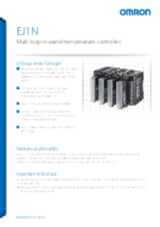
EJ1N
Régulateur de température multiboucle en fond d'armoire
Le régulateur EJ1N est conçu pour fournir un système de contrôle multipoint facile à utiliser, permettant d'optimiser le câblage et d'économiser de l'espace grâce à son approche modulaire
- Réduisez les croisements de câbles grâce à une structure de connexion horizontale
Connectez simplement la ligne d'alimentation et le RS485 au module d'unité de terminaison pour alimenter l'ensemble du système - Disponible avec bornes à vis et bornes à ressort
- S'intègre parfaitement à la configuration de votre machine
Jusqu'à 64 modules (version 2 boucles et/ou 4 boucles) peuvent être installés sur la même ligne de communication RS485 - Tous les types d'entrée de capteurs principaux sont pris en charge (thermocouple, Pt100, linéaire)
- Simplifiez les tâches de mise en service grâce à un ensemble complet de fonctionnalités pour faciliter l'effort de réglage PID
Algorithme 2-PID fournissant à la fois une bonne réponse indicielle et aux perturbations, autoréglage indépendant pour le contrôle PID de chauffage/refroidissement, fonction de réglage de dépassement en cas de perturbations pour le rejet des fluctuations de température.
Caractéristiques et références
| Produit | Size | Functions | Number of control loops | Temperature range | Temperature input type | Linear analog input type | Features | Number of event inputs | Number of alarm outputs | Supply voltage DC | Control output | Communication port(s) | Terminal type | Description | |
|---|---|---|---|---|---|---|---|---|---|---|---|---|---|---|---|
|
|
31 x 90 x 109 mm | PID control | 2 | -200-2300 °C | B, C (WRe5-26), E, J, JPt100, K, L, N, P (PLII), Pt100, R, S, T, U | 0 to 10 V, 0 to 20 mA, 0 to 5 V, 1 to 5 V, 4 to 20 mA | 2 | 2 | 20.4-26.4 V | 2 Linear current | Serial RS-485 | Screw | CelciuXº In-panel temperature controller basic unit, DIN rail mounting, 2 loops, thermocouple/Pt100/analog input, 2 x 4-20/0-20 mA plus 2 x 30 VDC, 0.1 A NPN outputs, heat, cool, heat/cool, M3 screw terminals |
|
|
|
|
31 x 90 x 109 mm | PID control | 2 | -200-2300 °C | B, C (WRe5-26), E, J, JPt100, K, L, N, P (PLII), Pt100, R, S, T, U | 0 to 10 V, 0 to 20 mA, 0 to 5 V, 1 to 5 V, 4 to 20 mA | Current transformer input | 2 | 2 | 20.4-26.4 V | 2 Voltage pulse | Serial RS-485 | Screw | CelciuXº In-panel temperature controller basic unit, DIN rail mounting, 2 loops, thermocouple/Pt100/analog input, 2 x 12 VDC plus 2 x 30 VDC, 0.1 A NPN outputs, heat, cool, heat/cool, heater burnout alarm, M3 screw terminals |
|
|
|
31 x 90 x 109 mm | PID control | 4 | -200-2300 °C | B, C (WRe5-26), E, J, JPt100, K, L, N, P (PLII), Pt100, R, S, T, U | 0 to 10 V, 0 to 20 mA, 0 to 5 V, 1 to 5 V, 4 to 20 mA | 20.4-26.4 V | 4 Voltage pulse | Serial RS-485 | Screw | CelciuXº In-panel temperature controller basic unit, DIN rail mounting, 4 loops, thermocouple/Pt100/analog input, 4 x 12 VDC outputs, heat, cool, heat/cool, M3 screw terminals |
|
Besoin d'aide ?
Nous sommes là pour vous aider ! Contactez-nous et nos spécialistes vous aideront à trouver la meilleure solution pour votre entreprise.
Contactez-moi EJ1N
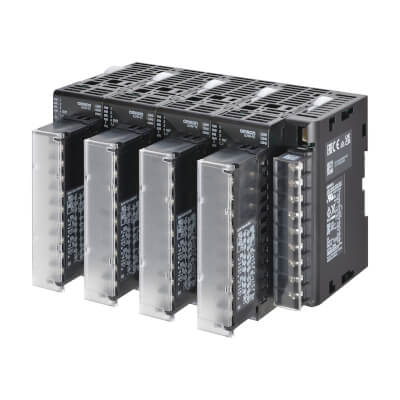
Merci de votre demande. Nous reviendrons vers vous dès que possible.
Nous rencontrons des problèmes techniques. Votre demande ne peut être traitée. Veuillez nous excuser et ré-essayer plus tard. Détails :
Devis pour EJ1N
Vous pouvez utiliser ce formulaire pour demander un devis sur le produit de votre choix. Merci de compléter tous les champs *. Les informations sont traitées de manière confidentielle.

Merci de votre demande. Nous vous enverrons l'information demandée au plus tôt.
Nous rencontrons des problèmes techniques. Votre demande ne peut être traitée. Veuillez nous excuser et ré-essayer plus tard. Détails :
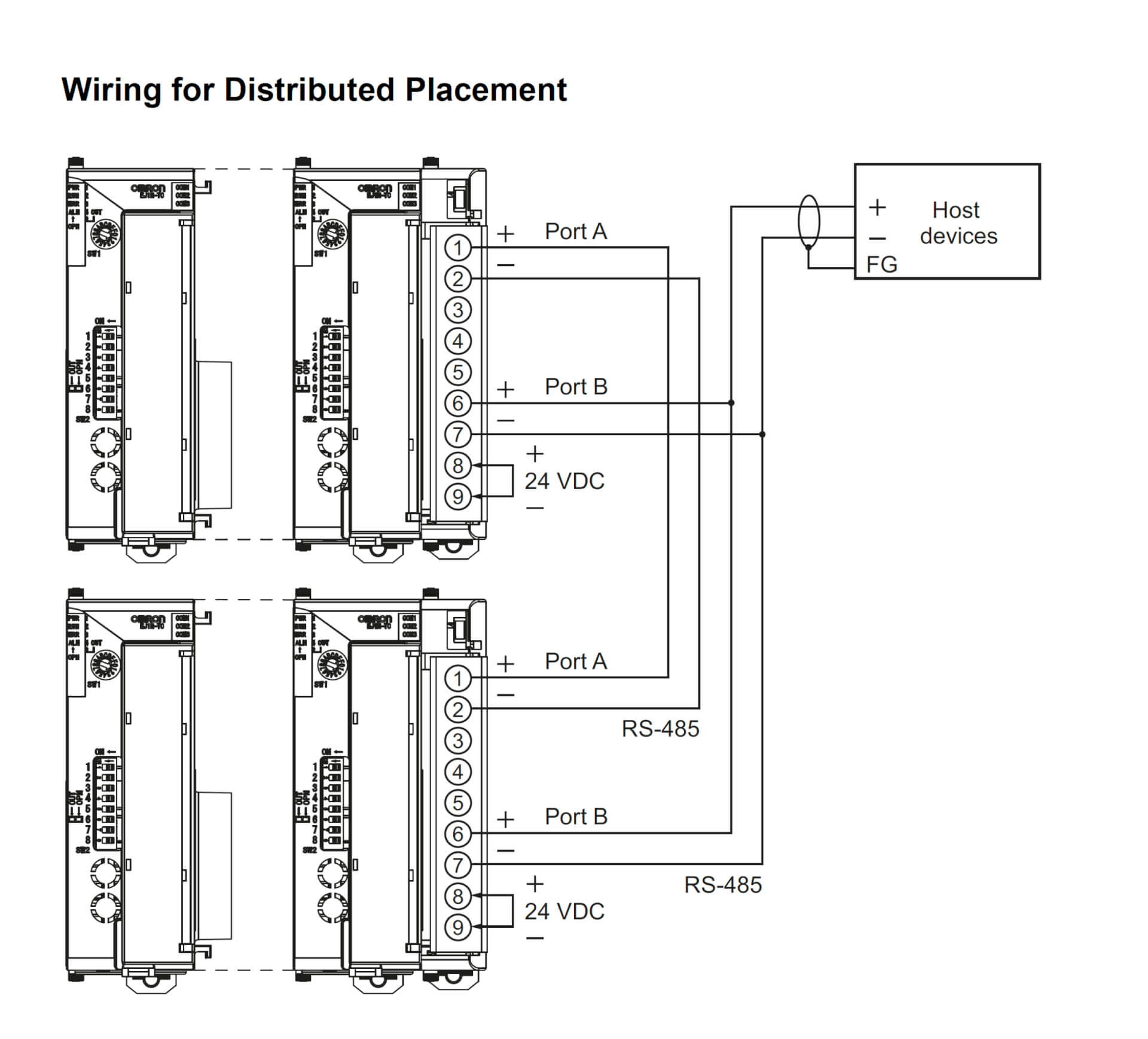

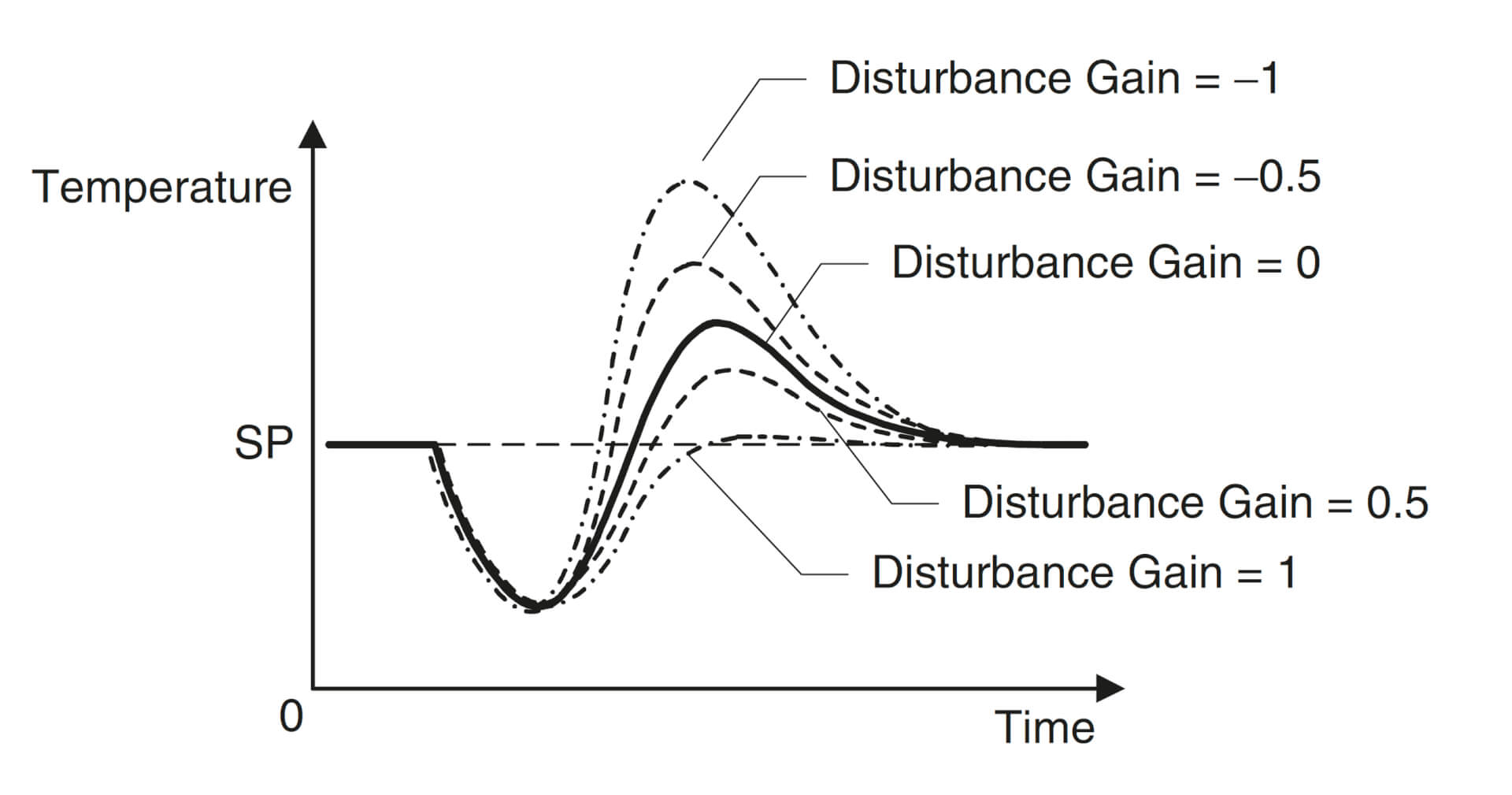


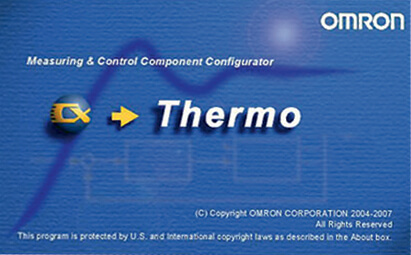
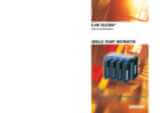

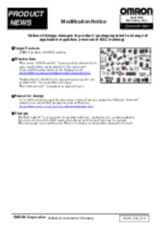

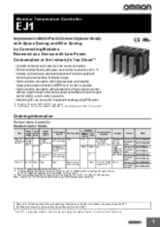
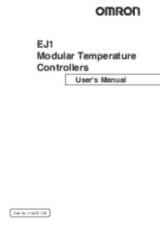
_instruction_sheet_en.jpg)

